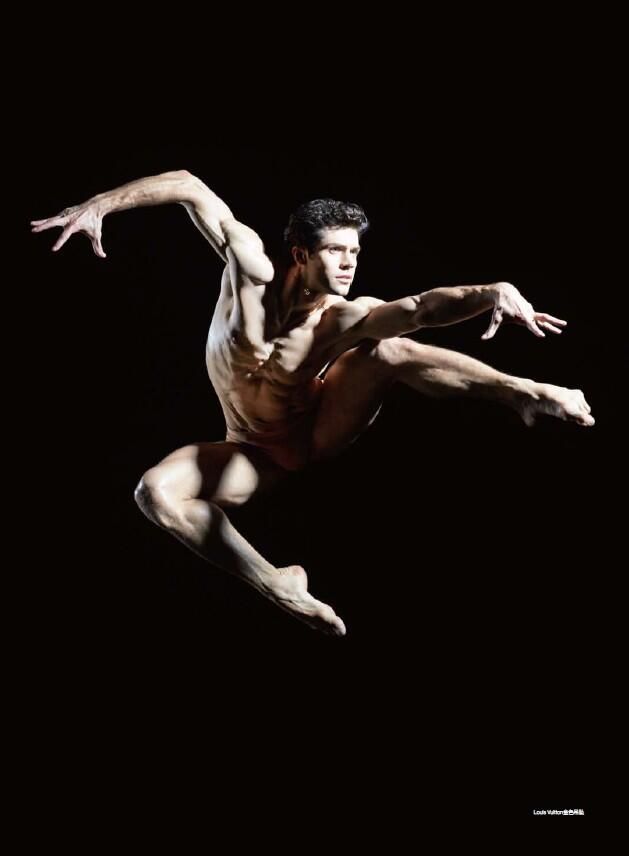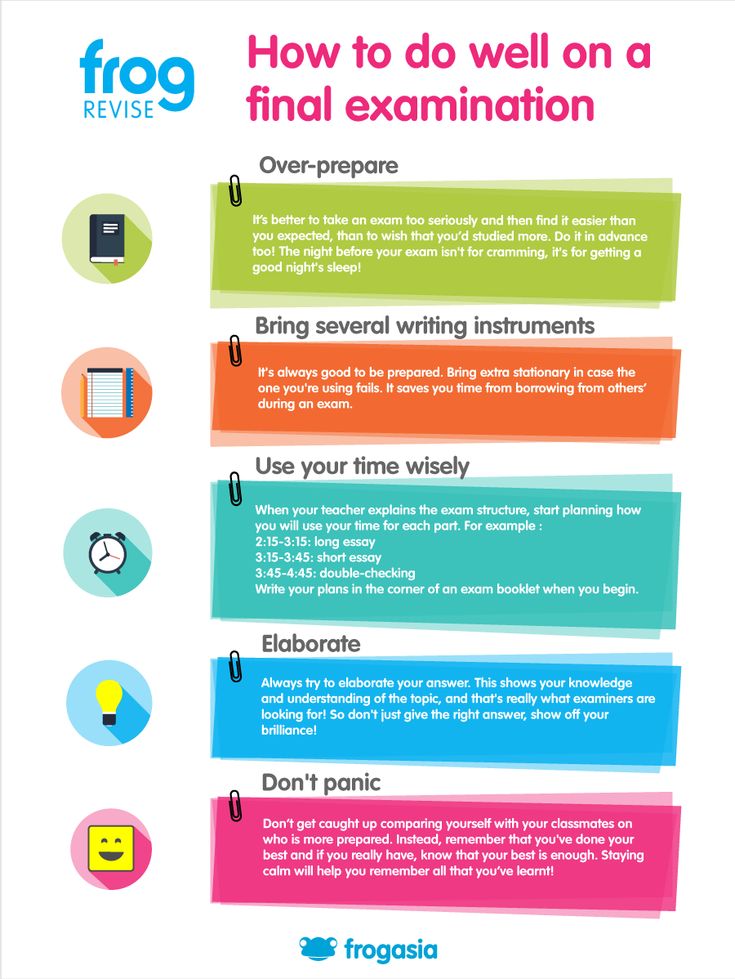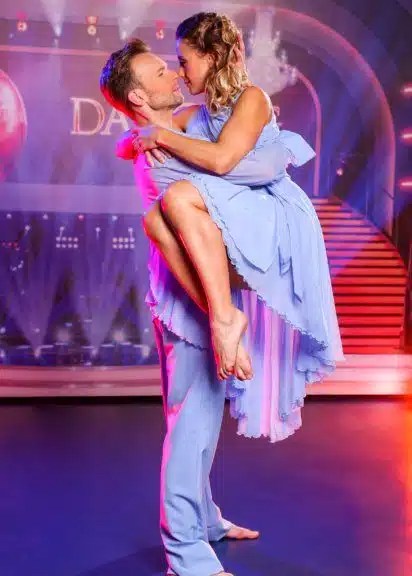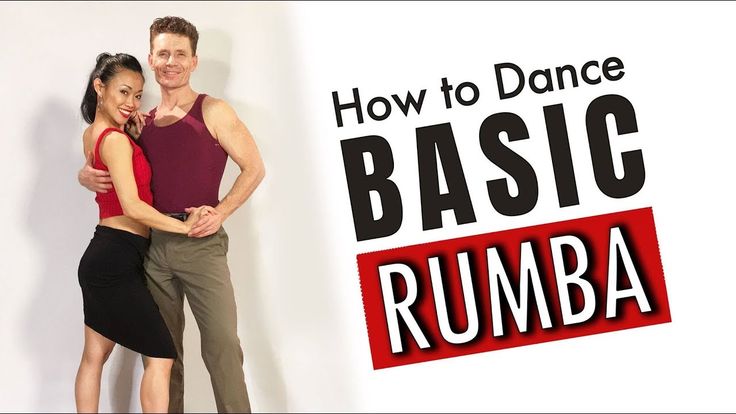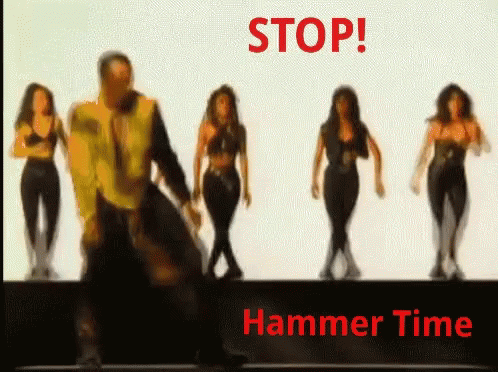How has contemporary dance developed over the years
DK Arts & Entertainment: Dance
- / DK Arts & Entertainment: Dance
Cite
- WHY DO PEOPLE DANCE?
- WHAT IS CLASSICAL DANCE?
- DANCE SHOES
- IMPROVISATION
- CHOREOGRAPHY
- FIND OUT MORE
When people move in time to music, they are dancing. As they dance, they organize their body movements into rhythmic and visual patterns. These dance patterns may be formal, with structured steps and movements, or informal, a natural style of dance known as IMPROVISATION.
WHY DO PEOPLE DANCE?
People have a natural urge to move in time to music. They dance to celebrate an event, or for entertainment and relaxation. Dance is an important part of many religions. Around the world, many folk dances (popular local dances) mark the stages of life, such as birth and death.
WHAT IS CLASSICAL DANCE?
Classical dance is historic and takes many years to learn. Western classical dance is called ballet and combines dance with mime (silent acting). It began in Europe in the 15th century. Countries such as India and Thailand also have great classical dance traditions. CHOREOGRAPHY is used to create classical dance.
Bharat natyam is a classical dance from south India. Most Indian dances act out stories from Indian mythology. The movements are often slow, graceful, and controlled.
DANCE SHOES
BALLET SHOES
Pointe shoes are made stiff with paper and burlap to allow ballerinas to dance on tiptoe.
FLAMENCO SHOES
Flamenco dancers wear shoes with hard soles and metal on the heels to stamp out the rhythms noisily.
IMPROVISATION
Unlike classical dance, improvised dance has no formal steps, although it can be choreographed. Improvisation is the basis of contemporary, or modern, dance. In it, dancers express their feelings in their movements to create a highly personal, natural performance.
WHEN DID CONTEMPORARY DANCE START?
Contemporary dance began at the start of the 20th century when US dancer Isadora Duncan (1878–1927) broke away from ballet and developed her own, more natural style.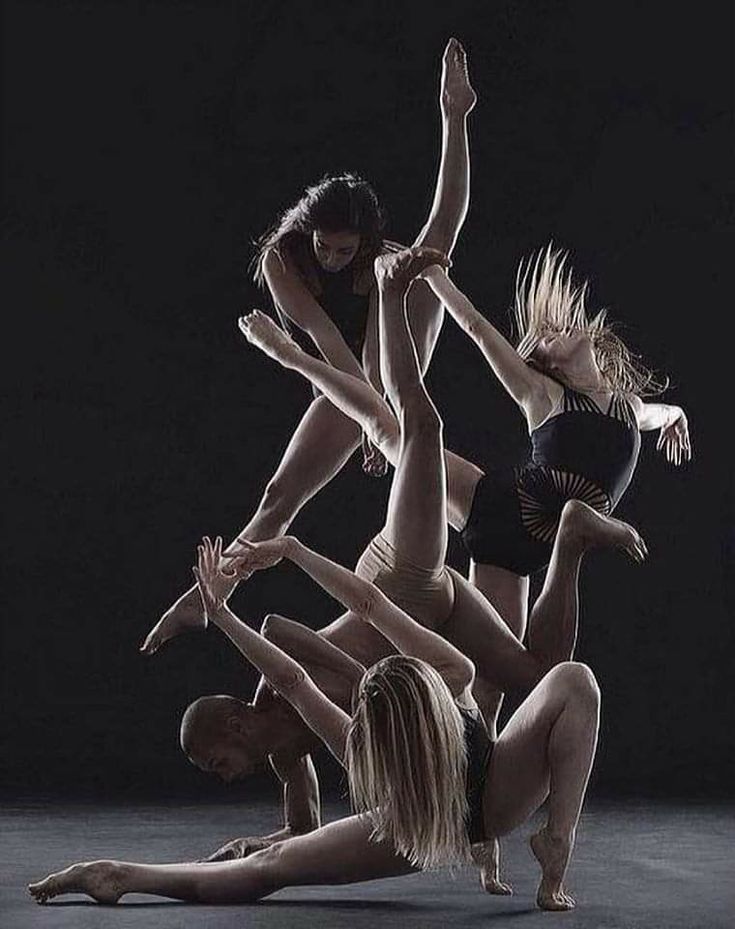 Contemporary dance has many different styles, some of them closely linked to music, such as jazz, rock and roll, and hip-hop.
Contemporary dance has many different styles, some of them closely linked to music, such as jazz, rock and roll, and hip-hop.
CAN ANYBODY DANCE?
Anybody can dance, no matter how young or old they are, or how physically fit. People in wheelchairs can move and spin in time to the music, while those who are immobile can move their hands or heads. Deaf people can feel the vibrations of music and respond.
CHOREOGRAPHY
Choreography is the arrangement of dance steps and movements into an organized sequence (order). This means that every dancer knows exactly what steps to perform throughout the performance. Dance is usually choreographed to music.
ARE FOLK DANCES CHOREOGRAPHED?
Folk dances, such as Scottish reels and Spanish flamenco, are not choreographed. However, they do have traditional steps that have developed over centuries and have been passed down through the generations to the present day. Each dancer learns the dance by heart and knows which move to make in time to the music.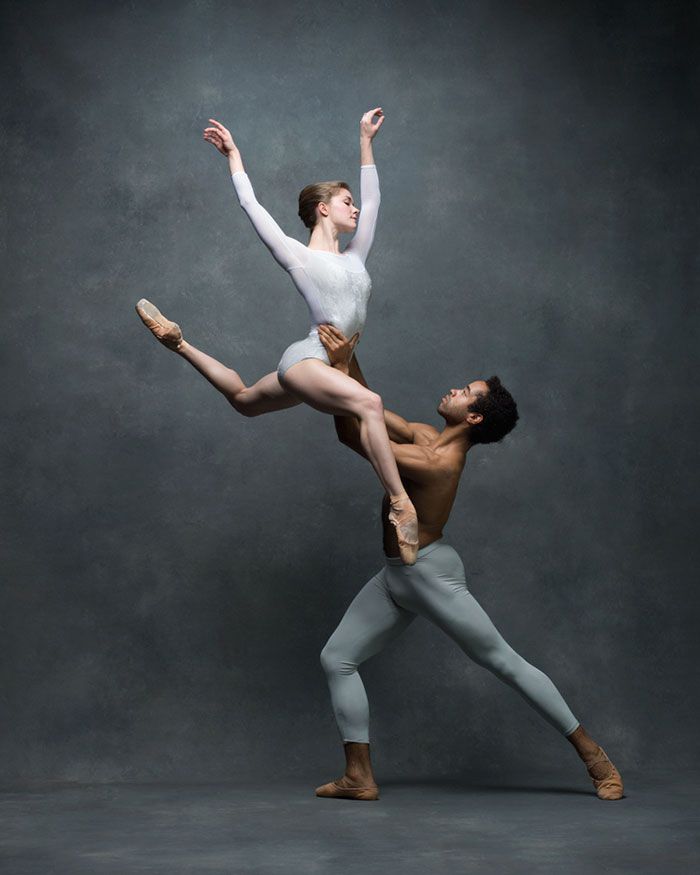
HOW ARE DANCE STEPS RECORDED?
Choreographed dance steps must be written down so that they can be remembered over time. The most common recording system, called Benesh Movement Notation, was developed in the 1940s by Rudolf and Joan Benesh. Each movement is recorded with symbols on a five-line diagram. The diagram is combined with the musical notation so that both can be read together.
HOW DOES A CHOREOGRAPHER WORK?
A choreographer works closely with a dance group to create a new dance, designing steps that show off the skills and strengths of the individual dancers. Steps are memorized by counting them out into sequences. Choreographers have usually been dancers themselves.
SWAN LAKE
Swan Lake (1895) is a famous ballet and was created by the French choreographer Marius Petipa, the Russian choreographer Lev Ivanov, and the music composer Pyotr Tchaikovsky. Based on a German fairy tale, it tells the story of Princess Odette, who is turned into a swan by an evil magician.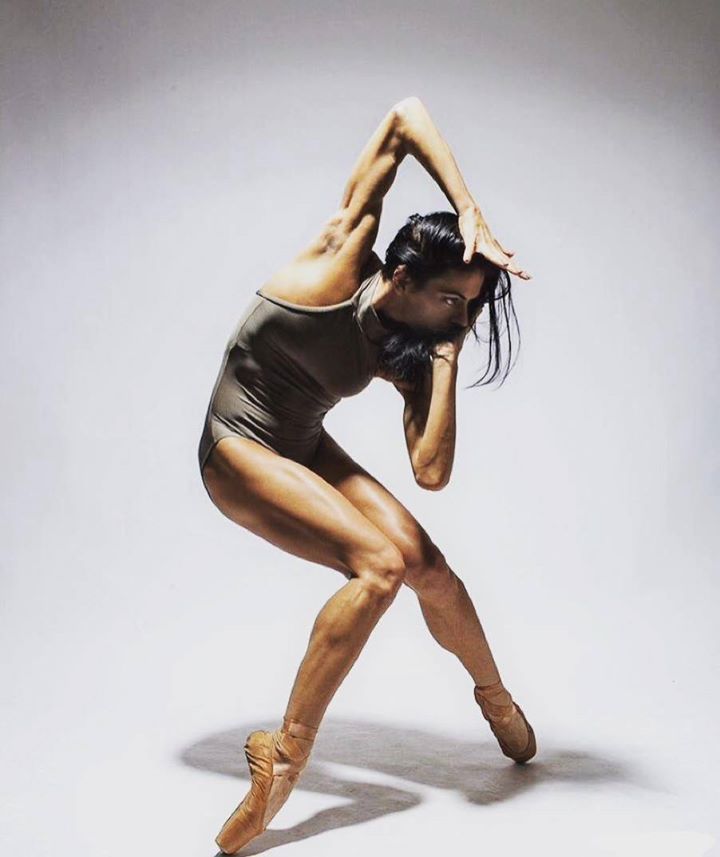
FIND OUT MORE
| Composition |
| Music |
| Musicals |
Copyright © 2007 Dorling Kindersley
DK Arts & Entertainment: Musicals
DK Arts & Entertainment: Orchestra
DK Encyclopedia: Arts & Entertainment
Contemporary Dance – always changing – Dance Consortium
People in the arts regularly bandy about the phrase ‘contemporary dance,’ but what exactly do they mean? It’s a blanket term stretching all the way back to such early 20th-century modern dance pioneers as Isadora Duncan and Martha Graham, names many have heard of, even if they know little or nothing about their owners, and reaching forward to, say, the hugely pleasurable, music-led choreography of Mark Morris, the smartly populist and innovative spectacles concocted by Brazil’s Deborah Colker or the latest, hottest street styles of the hip hop phenomenon.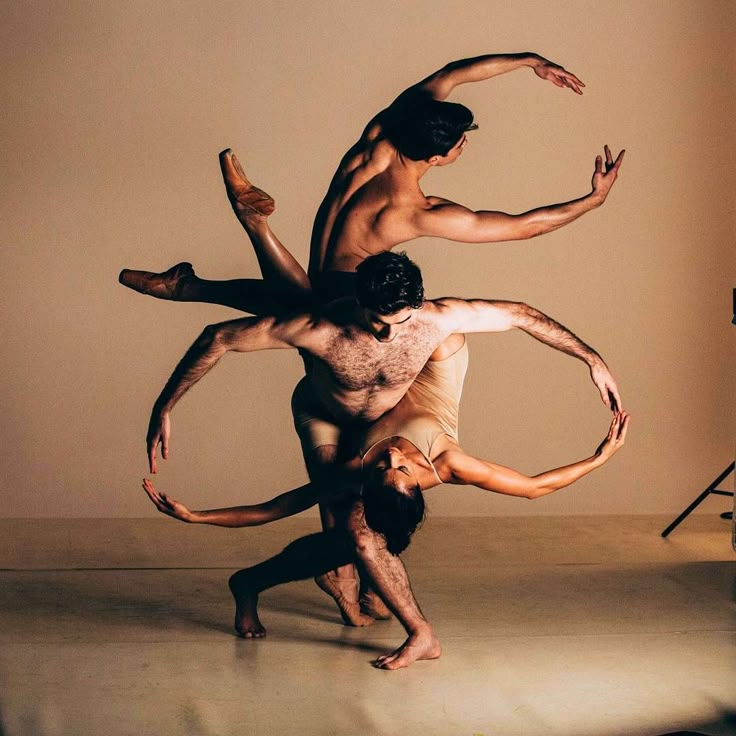 That’s a pretty big blanket, and it covers the entire globe.
That’s a pretty big blanket, and it covers the entire globe.
Look at contemporary dance as you would a painting or sculpture, or as you might listen to a piece of music. Let go of the self-imposed pressure of your need to ‘get it.’ Now, what’s your response?
Anyone even vaguely familiar with the Dance Consortium, the perpetrators of this website, couldn’t help but recognise just how international the context for contemporary dance has become especially in the UK. Since 2000 the 18 venues that are members of the Consortium have presented work by dance companies from North and South America, France and the Netherlands, and the net keeps widening.
Aside from its world-wide scope, one of the major points of contemporary dance as a whole is how relevant it is to the way we live now, or at least it ought to be. Ideally, it is a very present-tense experience that speaks of and to the time in which it is being made. To risk stating the obvious, that’s why it carries the label ‘contemporary. ’
’
It used to be known as modern dance. If, in some quarters, this particular adjective seems so yesterday, that’s not to discredit those trailblazers whose dance-making changed the direction of an art form. Imposing figures like Graham, commonly dubbed the mother of modern dance, or one of her first male company members, Merce Cunningham, who left the nest and in the process became just as influential an artistic giant.
It could be said that what keeps choreographers like Cunningham, Morris, Colker and other masters or mavericks such as Paul Taylor and Bill T Jones (to drop a few more names whose work the Consortium has championed) going strong and at the top of their game is a shared hunger for the untried and the new. They all delight in making discoveries about movement, themselves and life through their work. It’s this fresh perspective on moving and being alive that all contemporary dance potentially offers any open-minded, open-hearted audience member regardless of his or her familiarity with the art form.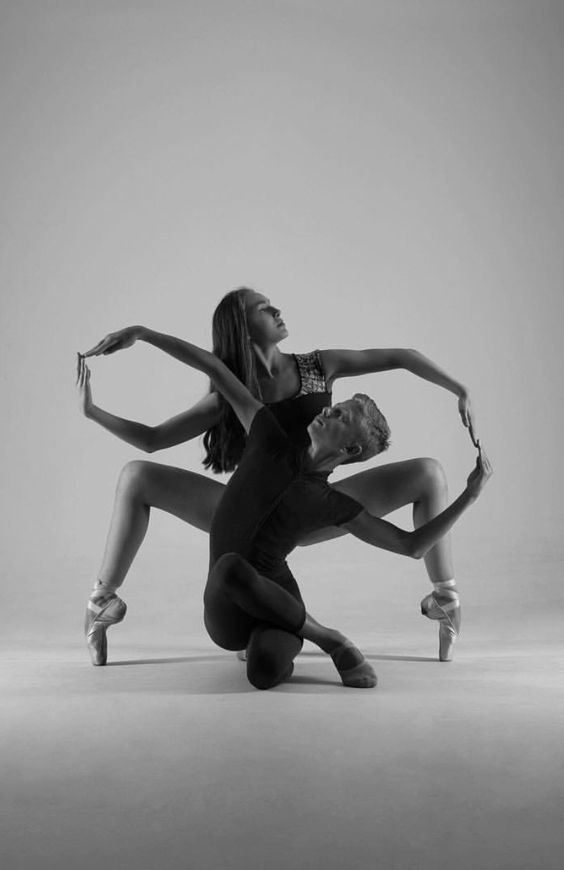
To reduce it to its essence, contemporary dance developed in a rebellion against the hierarchy and restrictions of 19th-century classical ballet. It was conceived as a heightened, kinetic form of self-expression in which each artist was at liberty to determine his or her own creative path. This may sound like the perfect excuse for an anything-goes free-for-all. The truth is that most artists, at their best, are dedicated to harnessing the discipline necessary to realise even their most daring, far-out ideas.
Some apply their training and skills to craft the most sophisticated, refined example of an already established dance form as they can. Others throw away the rule book entirely, experimenting with and fusing genres, styles and influences as a means of finding and developing their own voice, or are spurred on to test and transcend their limitations via collaborations with composers and musicians, writers, visual artists, designers and architects. No matter what the source, examples of bold and distinctive choices in dance abound.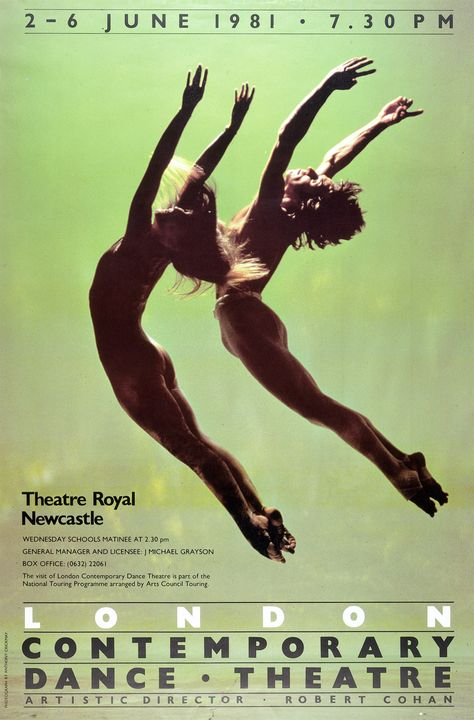 (article continues after the image gallery)
(article continues after the image gallery)
- Twyla Tharp using the Billy Joel songbook to fuel her dance-driven Broadway-to-West End show Movin’Out
- Matthew Bourne’s savvy reworkings of classical ballet (Swan Lake, The Nutcracker) and film-to-stage adaptations (Edward Scissorhands)
- Shobana Jeyasingh fracturing the vocabulary of her classical Indian dance heritage by aligning it to the speed of contemporary life and setting the results to commissioned scores from such Western composers as Michael Nyman, Kevin Volans and Orlando Gough.
- Rafael Bonachela bouncing between razor-sharp choreographic commissions for Rambert Dance Company and devising the moves for pop star Kylie Minogue’s stadium-sized tours.
- Wayne McGregor deriving inspiration for full-length dances from medical conditions (Marfan’s syndrome, ataxia) as well as cutting-edge digital technology.
- Lloyd Newson grounding his provocative productions for DV8 Physical Theatre in sexual politics and human behaviour.

- Rodrigo Pederneiras of Brazil’s Grupo Corpo exploring every facet of the human body subject to the seductive forces of rhythm.
- Jonathan Burrows basing an entire (and entirely engaging) dance on two men sitting in chairs gesturing to an unheard musical score by a dead American composer.
It has been said, disparagingly, that contemporary dance is anything you can’t readily understand. The fact is that some work asks us to work a little harder in order to reap greater rewards. Accessibility in any branch of the arts can be a tricky business. It’s kind of like finding a key and inserting it into the right lock. Sometimes the door opens and bingo, you’re in with the ‘in’ crowd. At other times even experienced dance-goers are unable to find not just the key that opens the door, but the door itself.
Good advice for those who find contemporary dance intimidating: Look at it as you would a painting or sculpture, or as you might listen to a piece of music.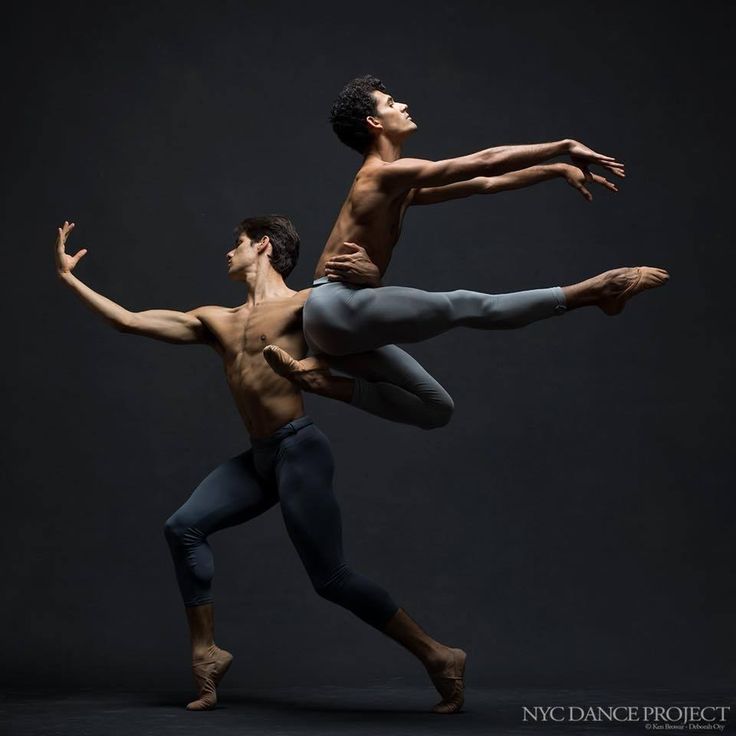 Let go of the self-imposed pressure of your need to ‘get it.’ Now, what’s your response?
Let go of the self-imposed pressure of your need to ‘get it.’ Now, what’s your response?
Here’s another helpful tip. The American critic Edwin Denby once wrote that seeing dance is about getting drunk on a performance, then being able to talk about it rationally afterwards. This could be reduced to the ‘drink, then think’ method. Try it. And once you do, you’ll learn just how wonderfully wild and wide the contemporary dance universe can be.
The history of the development of modern dance | Educational social network
Municipal budgetary educational institution
"Gymnasium No. 71" ("Rainbow")
Scientific and practical conference of students' research work
"Erudite"
Section: "Culture and sports"
Research topic:
"History" Development of Contemporary Dance»
Authors: Priezzheva Sofya,
Shardakova Anastasia
Class: 8 A
Supervisor: Votintseva A.V.,
choreography teacher
Kemerovo 2019
Contents
Introduction 3
World dancers and choreographers 5
2.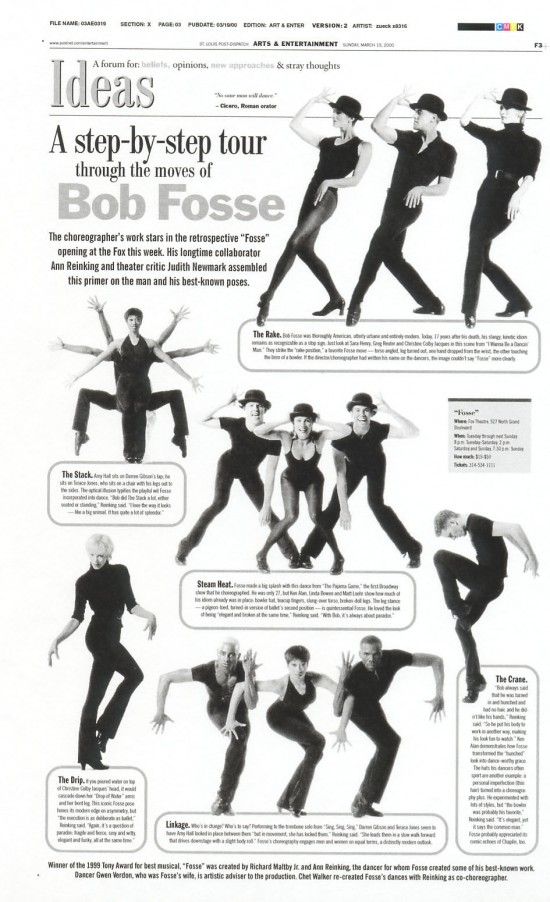 Types of modern dance 9
Types of modern dance 9
3. The history of the development of modern dance in Russia 10
3.1. Problems of development of contemporary dance in Russia 11
Conclusion 13
References 14
Introduction
The history of modern dance has its roots in the distant past. The first dance movements were a reflection of the sensual impressions of people received from the outside world.
The art of dance is the oldest manifestation of the original creativity of different peoples of the world. The dance was born simultaneously with the appearance of man, as it was a natural physiological need for rhythmic movements.
The history of modern choreography begins with the search for freedom. This seemingly simple desire drives modern choreographers today. Their activity is not just a new form of expression. This is an attempt to rethink dance as an art, to find an alternative approach to movement, ideology and aesthetics. Everything that has been created and is being created in the world of dance is continuously interconnected.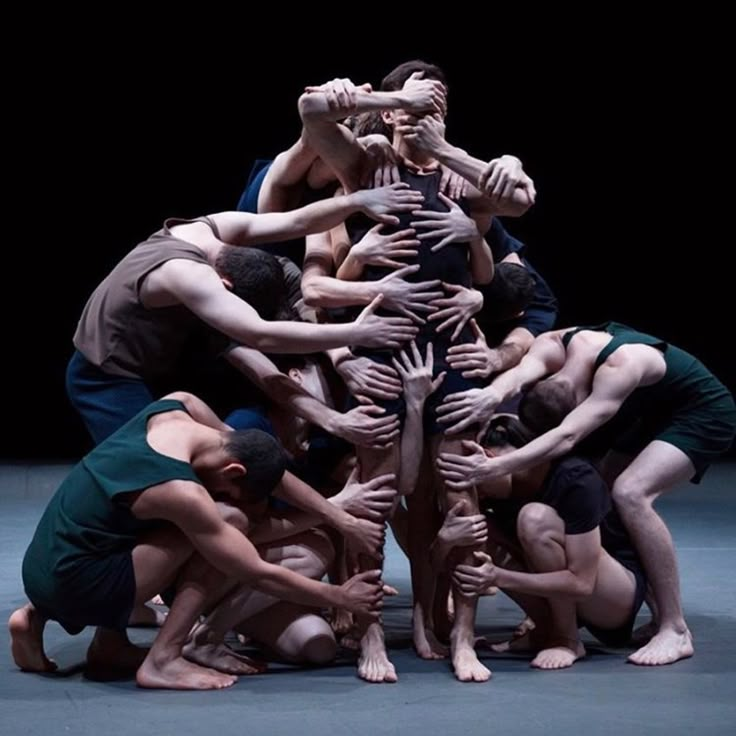 Historical context, personal circumstances, location and, sometimes, chance determine the fate of this art form. nine0004
Historical context, personal circumstances, location and, sometimes, chance determine the fate of this art form. nine0004
The modern form of dance is fundamentally different from its predecessor - classical dance, in which the main emphasis is on strict certain rules and norms. But, nevertheless, in modern dance the basis is made up of movements, steps and pas taken from classical ballet.
The purpose of this project is to study the development of contemporary dance.
To achieve this goal, it is necessary to solve a number of tasks:
- define the concept of "modern dance"; nine0059
- study the history of the development of contemporary dance;
- highlight significant personalities in contemporary choreography;
- outline its main principles and features;
- describe the current state of contemporary dance in Russia.
- Origins of modern dance
Modern dance originates from classical ballet.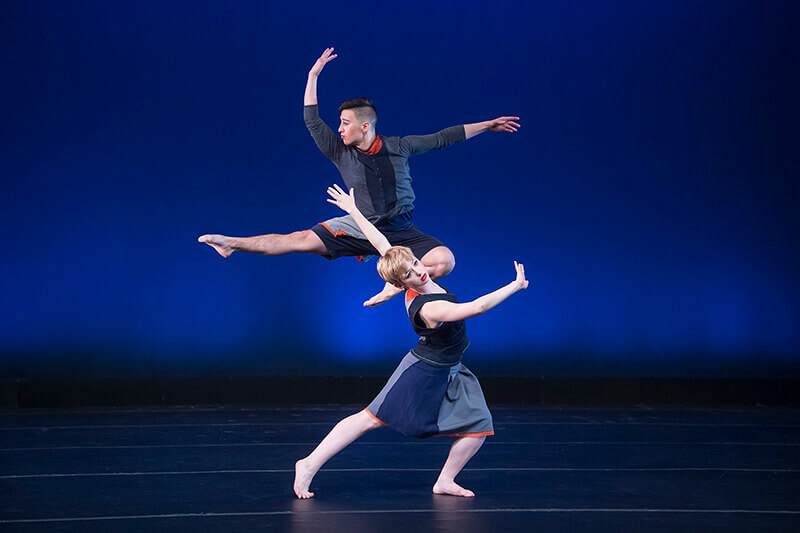 It arose as a result of society's reaction to the strict, firm and to some extent formal restrictions of classical ballet. nine0004
It arose as a result of society's reaction to the strict, firm and to some extent formal restrictions of classical ballet. nine0004
Today, modern dance is an independent form of art, where movements, music, and light are combined in a new way. The concept of modern dance lies in the freedom and expressiveness of movements, which provide an amazing opportunity to express your feelings in the most vivid colors.
In the 60s, a real revolution in dance culture began. The course of dance development has changed and has become focused on the simplicity of movements, the beauty of small details, on naturalness. The main principle in the dance was feelings taken from life. At first, the new dance form did not even provide for the use of costumes, plots, scenery and other similar props, based on naturalness. But, as it turned out, this decision did not have a very positive effect on dance shows. Therefore, various objects and decorations soon appeared in modern choreography, contributing to greater entertainment and a good impression of the ongoing action on the stage. nine0004
nine0004
Modern dance developed and improved very quickly. And already by the 80s, it turned into a whole dance action, striking in its beauty, high level of technique and impeccable movements, which were an amazing composition in combination with appropriate music, which developed as dynamically as modern dance. It is worth noting that it has become fashionable to combine modern choreography with classical dance. Thanks to the high professionalism and refined skills of the choreographers and dancers, this combination looked quite harmonious and completely new. This combination was to the taste of the public and the choreographers themselves. The combination of classical ballet and modern dance forms contributed to the development of new styles and types of dance. nine0004
The middle of the twentieth century was a time of dynamic development and improvement for dance culture. During these years, modern dance has almost completely moved away from the concepts of ballet and turned into a self-sufficient full-fledged art, based on movements taken from classical ballet, skillfully disguised as a new way.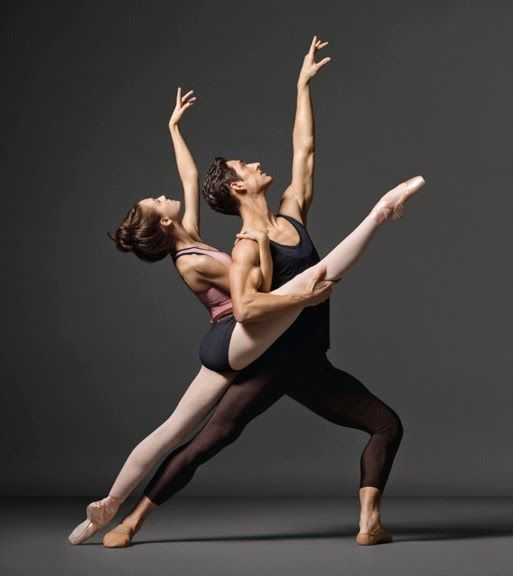 It can be said with full confidence that the 20th century was a real creative breakthrough for choreography and a kind of revolution in the culture of dance. nine0004
It can be said with full confidence that the 20th century was a real creative breakthrough for choreography and a kind of revolution in the culture of dance. nine0004
So, modern (or modern dance) is a trend in choreography that belongs to the 20th century. Literally translated, it means "modern", which subsequently served as the name for this dance direction.
- World dancers and choreographers
Various modern dance techniques are formed under the influence of a clearly stated philosophical thought or a certain vision of the world, created on the basis of the creativity of a particular person. Building a connection between the form of dance and the internal state is the main task of the performer. nine0004
In the field of stage dance there were bright and talented performers Loi Fuller, Ruth St. Denis, Ted Shawn, Isadora Duncan.
Isadora Duncan had a huge number of followers around the world, as well as her dance studios in New York, Paris, Berlin and Moscow, but she never created her own school. Her special stage style amazed and delighted the audience. Dancing barefoot in a light tunic, she moved freely, using all the possibilities of movement. She did not have an ideal figure, did not demonstrate a special dance technique, but she captivated the audience with her performance. Her naturalness expressed her individuality. In her work, Isadora Duncan relied on intuition and improvisation. nine0004
Her special stage style amazed and delighted the audience. Dancing barefoot in a light tunic, she moved freely, using all the possibilities of movement. She did not have an ideal figure, did not demonstrate a special dance technique, but she captivated the audience with her performance. Her naturalness expressed her individuality. In her work, Isadora Duncan relied on intuition and improvisation. nine0004
Duncan's work took place at the same time as the work of Loe Fuller. Duncan followed the path of the inner, emotional state, while Fuller, on the contrary, touched the outer component. She experimented in everything - scenery and light, costume details, played with shapes, brightness of colors. Loi Fuller fantastically used various movements of the body and arms, while not having any special choreographic data.
Ruth St. Denis continued her search for Isadora Duncan. Her works succumbed to the influence of the East, religious and mystical subjects were embodied in dances. At 19In 15, Denis and her husband Ted Shawn open the first Denishawn modern school, the name of which becomes a symbol of professional modern dance.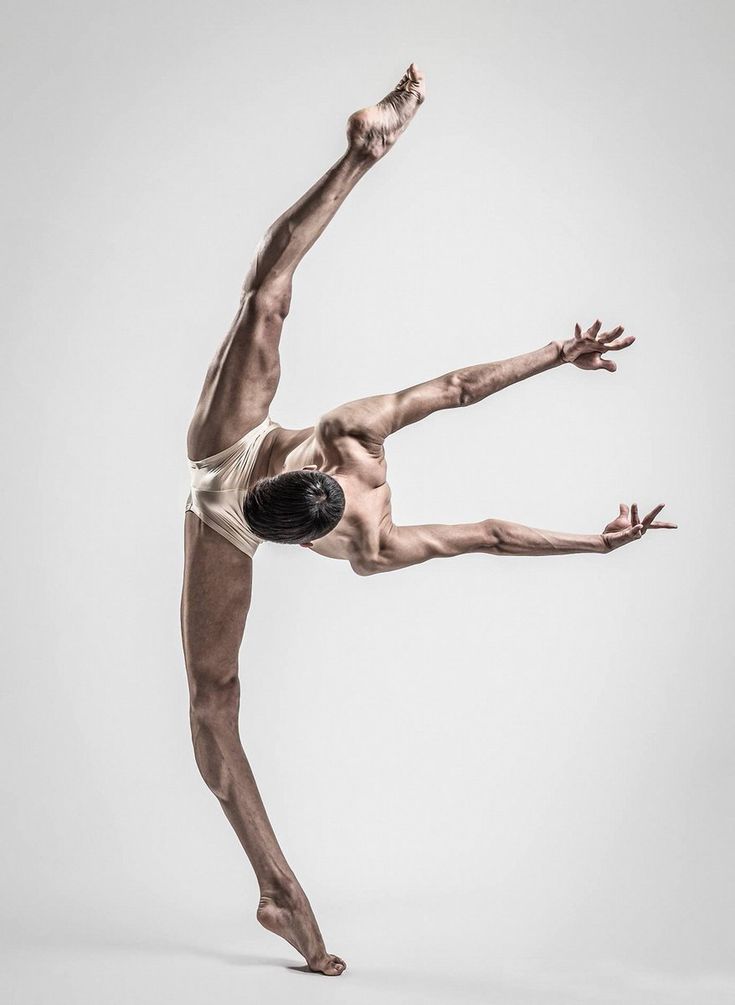
In the first half of the 1930s, the ideas of Art Nouveau were perfected in the USA, Germany and Western Europe.
Rudolf von Laban - theorist and inspirer of expressionism in dance, who turned to the philosophical teachings of ancient India. In 1928, he proposes a "universal theory of dance gesture" which proved to be applicable to describe all plastic-dynamic characteristics, no matter what category they belong to. nine0004
Beginning in the second half of the 1930s, the USA became the center for the development of modern dance. The central names here are Charles Weidman, Martha Graham, Doris Humphrey, who at one time graduated from the Denishone and Chania Holm schools. They were great dancers and teachers who created their own system for training performers.
Martha Graham was the first educator to create such a system. Her first productions, presented in New York in 1926, brought success to her and her company. In continuation of her career, she created performances based on biblical and ancient stories.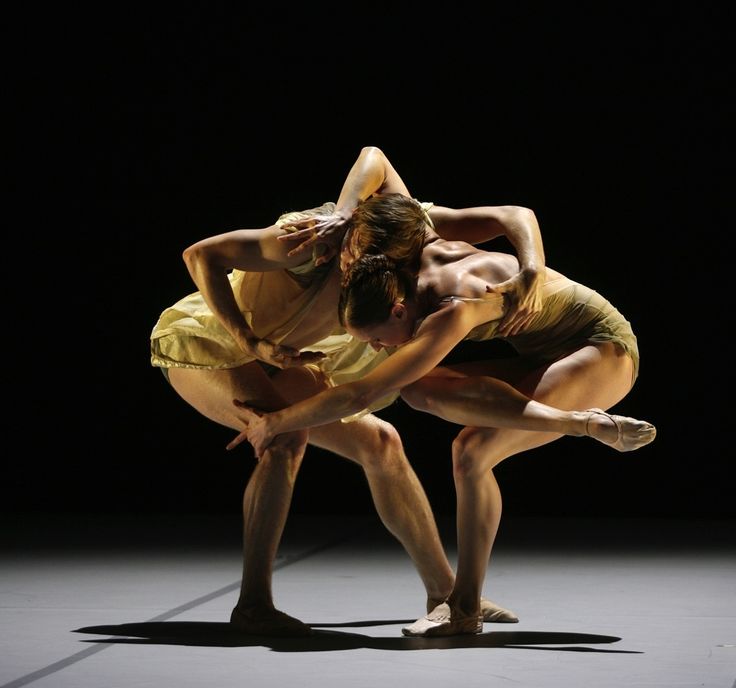 Martha Graham sought to create a dance language that could convey all human experiences. nine0004
Martha Graham sought to create a dance language that could convey all human experiences. nine0004
Doris Humphrey's career as a performer was not long. Due to illness, she leaves the stage and remains in the troupe of Jose Limon, where she is engaged in staging and teaching. She was an opponent of the beauty and stylization of Saint-Denis, placing great emphasis on the accuracy and technical component of the dance. The art of the East, the folk dances of American Indians and African Americans, gave impetus to her work. It was Doris who became the first teacher of dance composition in the USA. She wrote the book The Art of Dance. nine0004
After the Second World War, choreographers and dancers performed their performances in the streets and parks. Some even refuse musical accompaniment, using only noises or drums.
Jose Limón continued the traditions established in the art of dance. His dances synthesized American modern and Spanish-Mexican traditions.
Merce Cunningham chooses his own path of dance development and opens his own postmodern school. Cunningham viewed the performance as a union of independently created, independent elements. In his work, Cunningham collaborated with composer John Cage, whose ideas he transferred to his productions. He realized that every movement can be dance and the composition is created by chance. The main task of the choreographer is to create a choreography in which each of the dancers performs movements in different rhythms. nine0004
Cunningham viewed the performance as a union of independently created, independent elements. In his work, Cunningham collaborated with composer John Cage, whose ideas he transferred to his productions. He realized that every movement can be dance and the composition is created by chance. The main task of the choreographer is to create a choreography in which each of the dancers performs movements in different rhythms. nine0004
It is worth noting a few more prominent representatives of postmodernism, such as Alvin Nikolais, Paul Taylor, Meredith Monk, Trisha Brown.
Interest in Art Nouveau grew in Western Europe as well. American educators began to conduct the first seminars back in 1959 in Germany, Walter Nike, who was a student of Catherine Dunham.
By the beginning of the 70s, several modern dance schools had formed. In parallel with modern dance, jazz dance is being improved. During this period, choreographers and teachers are increasingly combining different styles and techniques of dance.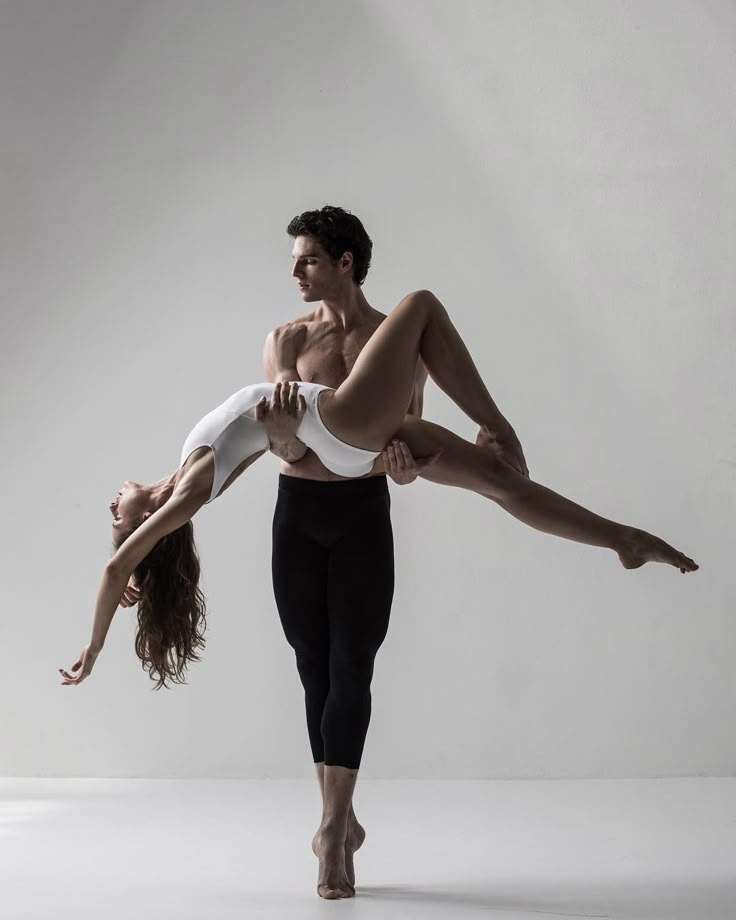 nine0004
nine0004
The famous teacher Lester Horton, who created the technique of modern dance, laid the foundation for modern jazz dance.
Jack Cole was the first choreographer to combine these two techniques in his work. His system, Hindi Jazz, combined the technique of isolating "black" dance, the movement of Indian folklore dance and the achievement of "Denishawn".
Gass Giordano was one of the founders of jazz modern dance, who wrote the first textbook describing the technique of this dance style. nine0004
- Types of modern dance
Currently, there are four main dance systems with their own aesthetics, school and performance technique: classical, folk,
jazz-modern, modern and postmodern dances (a term proposed by I. Reiner to refer to American direction), or contemporary (a term proposed for European contemporary dance). These are the systems that have their own history, their own aesthetic module, their own technique, their own methods of training performers, their own language of movements.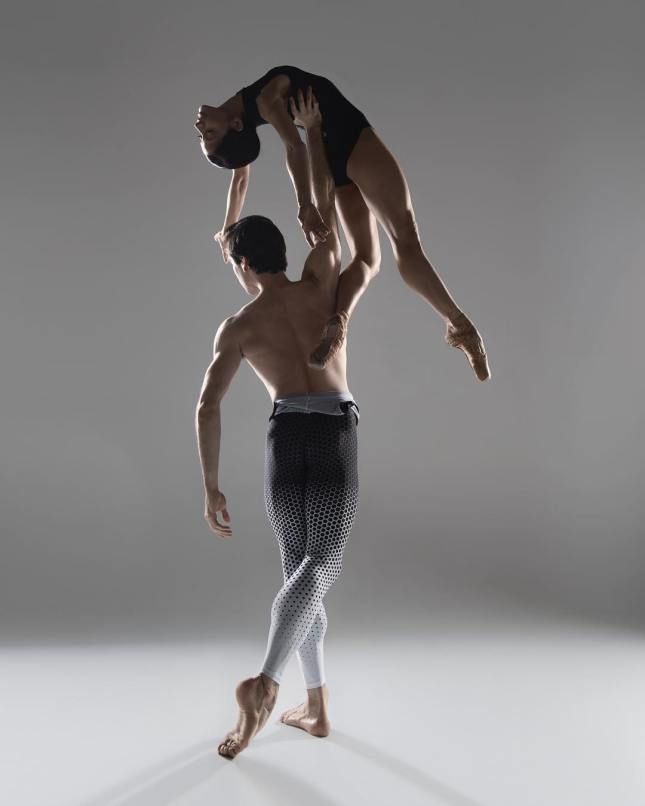 Let's define each of these directions. nine0004
Let's define each of these directions. nine0004
Classical dance is the main expressive means of ballet; a system based on the careful development of various groups of movements, which appeared at the end of the 16th century in Italy and was further developed in France thanks to the court ballet.
Folk dance is a folklore dance that is performed in its natural environment and has certain movements, rhythms, costumes, and the like, traditional for the area. Folklore dance is a spontaneous manifestation of feelings, mood, emotions, performed primarily for oneself, and then for the viewer (society, group). nine0004
Jazz-modern dance is a dance direction that is unique in its essence, which appeared in the 70s of the last century as a protest. A protest against classical ballet performances that are boxed in and do not allow improvisation.
Contemporary dance is a modern stage dance that includes a variety of styles and techniques.
- The history of the development of contemporary dance in Russia
Due to certain political conditions, a feature of the development of modern stage dance in Russia is the lack of historical experience both in the education of dancers and choreographers, and in the perception of the audience.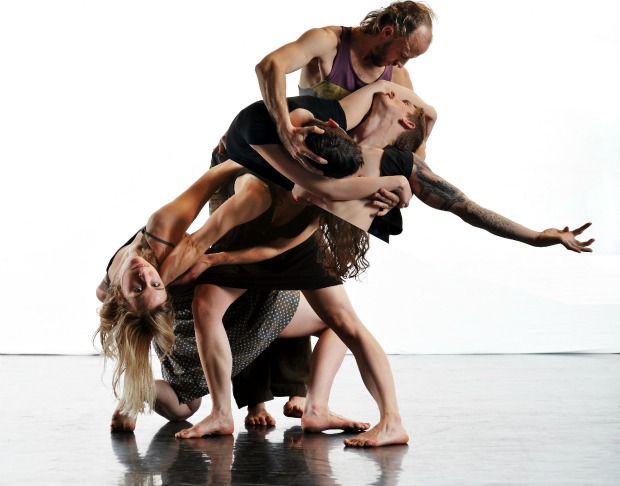 Modern dance has been developing for a hundred years, postmodern (contemporary) has been developing for more than fifty years. Russia is only trying to join this process. That is why the performances of modern Russian choreographers S. Pepelyaev, E. Panfilov, O. Pona, O. Bavdilovich, T. Baganova and others often encounter misunderstanding and rejection by the Russian public, although they are enthusiastically perceived by the Western one. nine0004
Modern dance has been developing for a hundred years, postmodern (contemporary) has been developing for more than fifty years. Russia is only trying to join this process. That is why the performances of modern Russian choreographers S. Pepelyaev, E. Panfilov, O. Pona, O. Bavdilovich, T. Baganova and others often encounter misunderstanding and rejection by the Russian public, although they are enthusiastically perceived by the Western one. nine0004
At the moment, a paradoxical situation is emerging when dancers and choreographers, due to the need of the time, are ready to accept the new language and aesthetic credo of modern dance, but due to the lack of information and the training system for performers and choreographers, they do not know how to do this.
I would like to quote the well-known theorist and practitioner of dance therapy A. Girshon about the current state of modern dance in Russia: “If we consider that dance is a language (text), then most of what happens on the modern dance scene (at least who considers himself such) is an attempt to speak a foreign language, when you are fascinated by the very sound of hitherto unfamiliar sounds, but you combine them according to the laws of the language you know.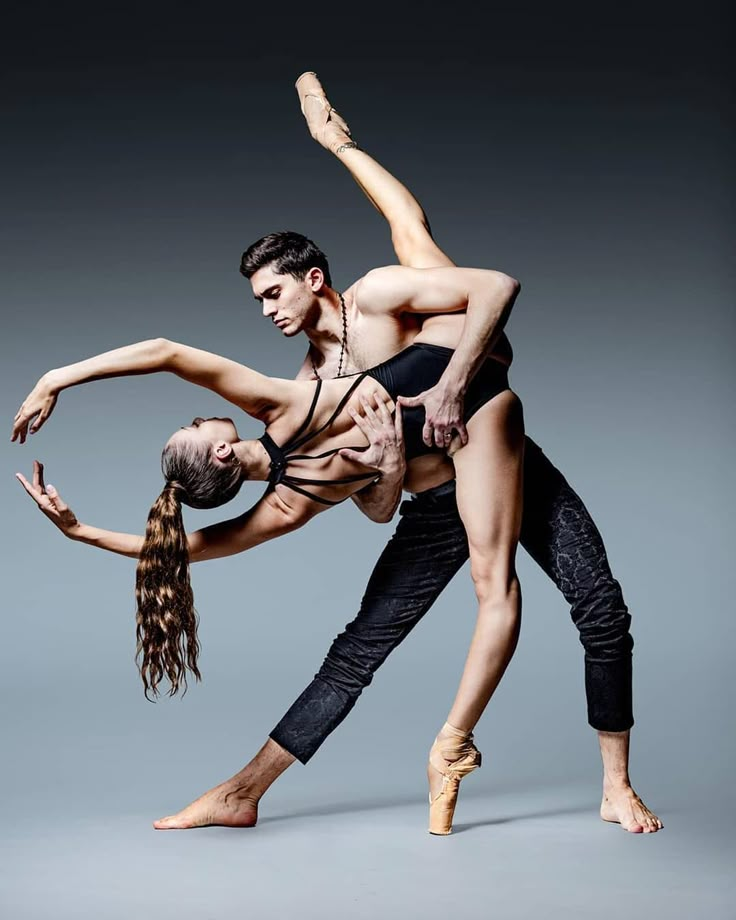 Many modern dance groups use the vocabulary of contemporary, modern, contact partnering, but they use it practically in finished form. nine0004
Many modern dance groups use the vocabulary of contemporary, modern, contact partnering, but they use it practically in finished form. nine0004
The new dance in Russia has an obviously non-metropolitan origin. Small troupes most often arise not where academic traditions are naturally strong. It was the Russian province that served as a stage for the formation of a new dance: Perm and Yekaterinburg, Volgograd and Chelyabinsk, Novosibirsk and Vladivostok, Saransk and Yaroslavl became the centers of Russian contemporary. Several professional troupes appeared, and the constant accusations of amateurism and amateur performances are losing their relevance. All these years, Russian dancers and choreographers have studied a lot, using the slightest opportunity. Master classes, summer schools, foreign trips and trainings by invited Western teachers have done their job, and today we have both well-trained dancers and, most importantly, choreographers who think differently. nine0004
The pride of our region can be considered the emergence of a new dance project "A NiceDay" - the largest dance center in Siberia in the city of Krasnoyarsk.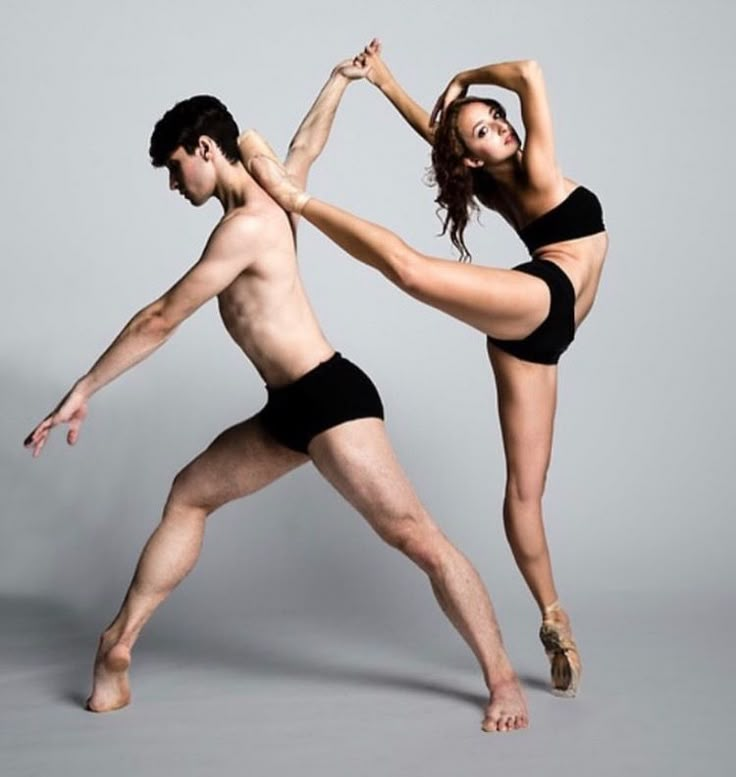 The development of modern dance is closely connected with the dance company of Elena Slobodchikova and the Isadora International Festival of Contemporary Dance, which is one of the largest dance competitions.
The development of modern dance is closely connected with the dance company of Elena Slobodchikova and the Isadora International Festival of Contemporary Dance, which is one of the largest dance competitions.
- Problems of the development of modern dance in Russia
- There is no definition of what modern dance is. In Russia, the global standard for defining the concept of "modern dance" has not yet been adopted, which is often replaced by social dance. At the moment, unfortunately, nothing can be done about this terminological confusion, we can only officially recognize two terms: “modern dance” (as social) and “modern” (as modern stage dance in the world sense). At the everyday level, “modern dance” is a dance of the present, but we can clearly divide it into two large groups: stage dance (choreographic art) and social (domestic) dance, that is, dance as a cultural phenomenon that is integral with everyday life our society. nine0059
- Modern dance in Russia does not have any support from government agencies.
 Note that when modern came to France, thanks to the efforts of the government, 14 national centers of modern dance were opened throughout France with their own premises, staff of teachers, concert venues! And this made it possible in the shortest possible time, in almost 10 years, to educate young choreographers now known all over the world.
Note that when modern came to France, thanks to the efforts of the government, 14 national centers of modern dance were opened throughout France with their own premises, staff of teachers, concert venues! And this made it possible in the shortest possible time, in almost 10 years, to educate young choreographers now known all over the world. - Contradiction between the mindset of a choreographer in classical and modern choreography. The emergence of new directions of dance in the 20th century led to the emergence of a whole range of expressive possibilities for the choreographer. Each dance system has its own aesthetic and, therefore, its own dance language, with which the choreographer creates a work of art. Naturally, the choreographer's thinking changes, depending on the perception of a certain aesthetics of a particular choreographic direction, and depending on the expressive means that he uses. nine0059
Conclusion
As part of this research work, the goal was achieved - the history of the development of modern dance was studied.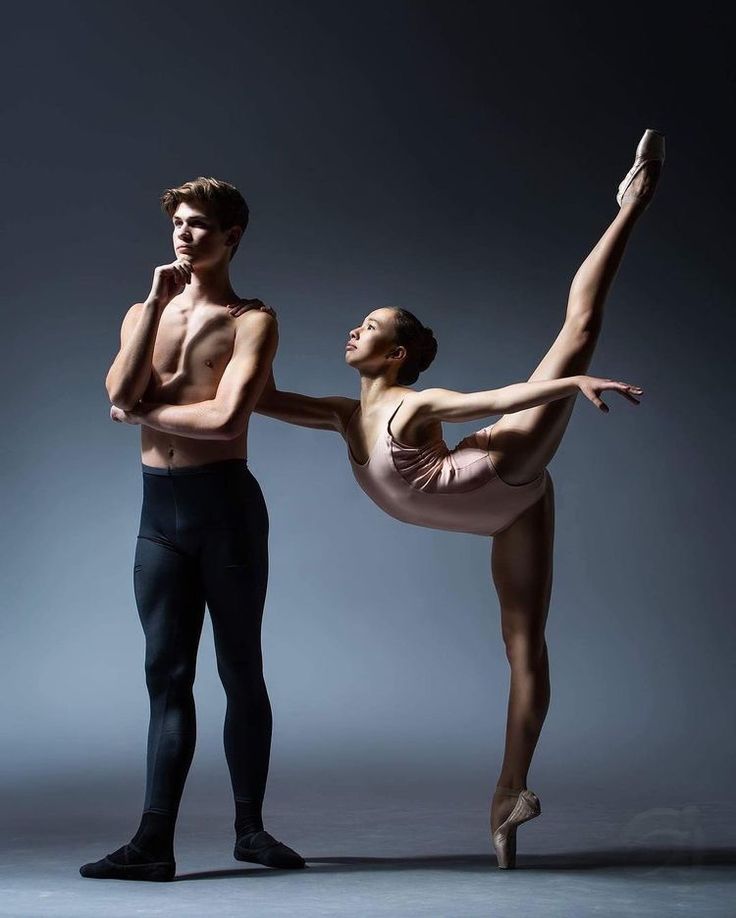 In addition, all the tasks put forward were completed, thanks to which a full understanding of the concept of "modern dance" was formed - there is art that is fundamentally author's, individual.
In addition, all the tasks put forward were completed, thanks to which a full understanding of the concept of "modern dance" was formed - there is art that is fundamentally author's, individual.
Significant personalities, types, main problems of the development of modern dance in Russia were given in the work. nine0004
It has become clear that modern choreography belongs to that field of art that rejects the existence of any standards, samples, standards and models and relies on the individuality of the author, who creates his own autonomous artistic world.
References
- Nikitin V. Yu. “Modern dance in Russia tendencies and prospects”
- Wikipedia [Electronic resource], access mode: https://ru.wikipedia.org
Contemporary dance - stages of development, concepts, founders, ideas
Performing Arts:
• Show Dance • Jazz/Lyric Dance • Tap • Acrobatic Dance • Ballet • Modern Dance • Bollywood • Production
Traditional Dances:
• Folk Dance/Folk • Belly Dance/Oriental • Show Belly Dance/Oriental Show • Folk Belly Dance/Oriental Folk • Flamenco
The above Disciplines Performing arts can be presented in the following categories:
• Male solo • Female solo
• Duets (two women, two men or a man and a woman)
• Trios (only Tap and Bollywood) - any combination of three dancers
• Small group - 3-7 people (Tap and Bollywood) - 4-7 people)
• Formation - 8-24 people
• Production - 25 people and more
Age categories:
Baby\Mini Kids 7 years old and younger
Children 12 years old and younger
Juniors 13-16
Adults 17 and over
Adults 2 31 and over
Seniors 50 years and older (Belly Dance/Oriental)
It is forbidden to dance in different age categories within the same discipline and nomination during the calendar year.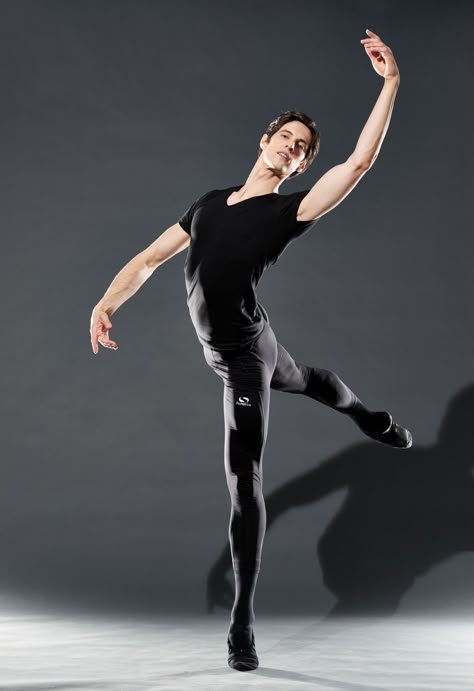
The participant's age category is determined by the participant's year of birth in the current calendar year, at the time of the competition.
For duets and couples, the age category is determined by the age of the older partner. The younger dancer may be 2 years younger than the older partner. However, the age difference between partners cannot be more than 2 years. nine0224
Performing arts participants may only use their own music. Dancers cannot compete with themselves.
Requisite:
Authorized for use in many Performing Arts Disciplines. The props are taken out and taken away by the participant at a time, without outside help.
Note: Bulky props are not allowed at IDO events in any of the dances, categories, styles or directions. nine0003 Hand props are any items that are carried with the help of hands and are not part of the costume (bells, flags, canes, umbrellas, etc.).
Floor props are any items that are carried with the help of hands and placed on the floor (chairs, steps, stairs, tables, etc.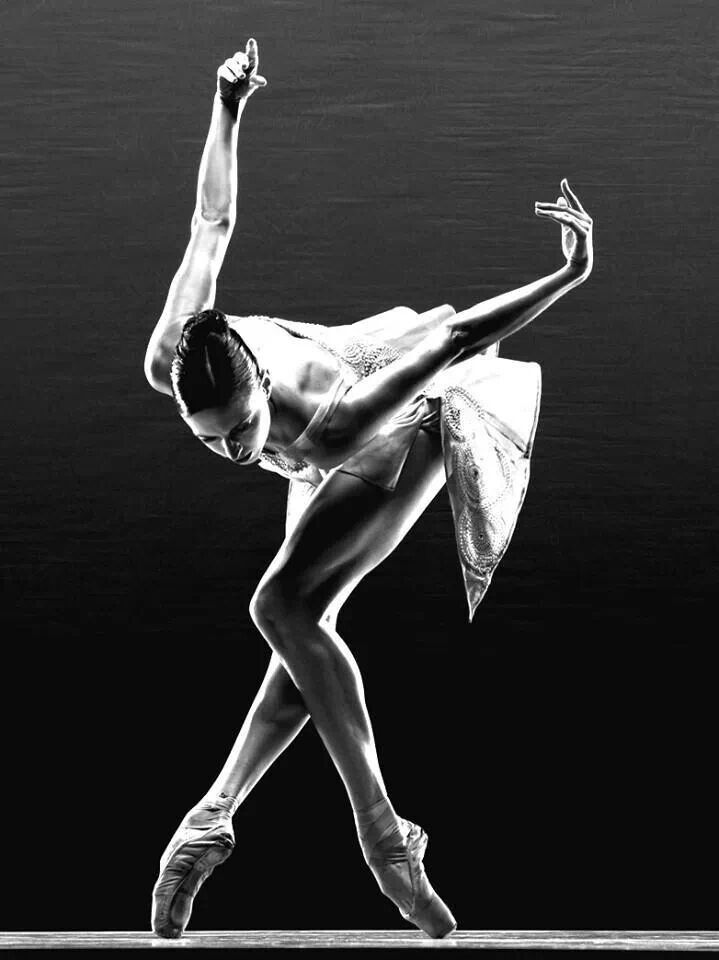 ).
).
Stage decorations or backgrounds - curtains or backdrops.
Do not use liquids or other substances that could damage or make the dance floor/stage floor unsafe for performers. nine0003 The use of electrical devices, such as those that create lighting effects, connected to a socket, is only allowed if the device is powered by a battery.
Installation and removal of scenery and floor props must take no more than 15 seconds in the Solo, Duo and Trio categories and no more than 25 seconds in the Small Group category. In the Formation category, the allowable time for setting up and disassembling decorations is no more than 45 seconds. Time is counted from the moment the first piece of scenery touches the stage. This rule applies to all Disciplines of the Performing arts. This rule also applies in cases where the dancer takes out hand props. nine0004
Duration of performances
Solo, Duet
Duration of performance 1 minute 45 seconds (1:45) - 2 minutes 15 seconds (2:15)
Small group
duration of performances :30) - 3 minutes (3:00)
Formation
Performance duration 2 minutes 30 seconds (2:30) - 4 minutes (4:00)
In the Children Formation category, the time limit is from 2:30 to 3:00 for all performing arts except Belly Dance and Flamenco.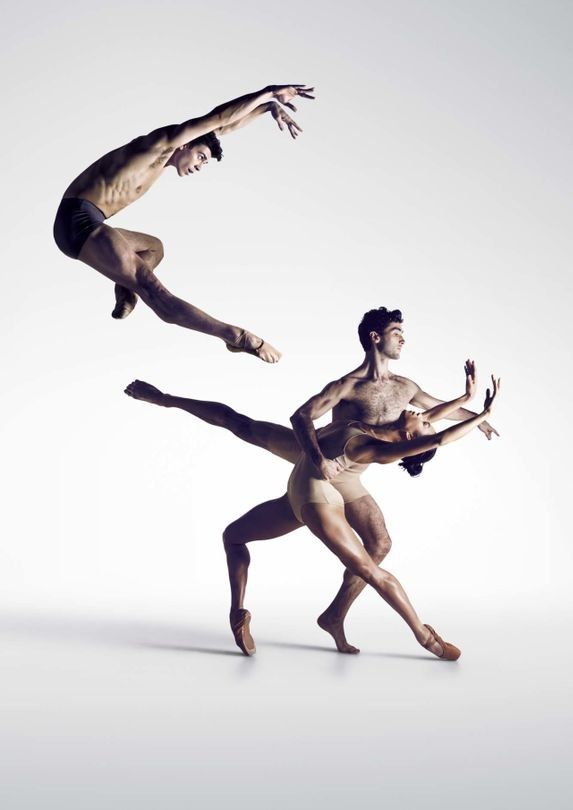 nine0004
nine0004
Production
Performance duration 5 minutes (5:00) - 8 minutes (8:00)
Lifts performed with the help/support of another dancer.
Lifts are allowed in some but not all dance disciplines. This information should be specified in the sections of the rules for the relevant disciplines.
Supports are NOT allowed in the Children category, except for the Production and Mini-Production nominations (cancelled on 1.01.16)
Acrobatic movements
Acrobatic movements are movements in which the dancer's body rotates along a vertical or horizontal axis, such as flips, wheels, etc.
Acrobatic moves are allowed in some but not all dance disciplines. This information should be specified in the sections of the rules for the relevant disciplines.
The performance of acrobatic movements does not always involve the award of additional points, but on the contrary, it can contribute to a decrease in points, if the movements are performed technically incorrectly.